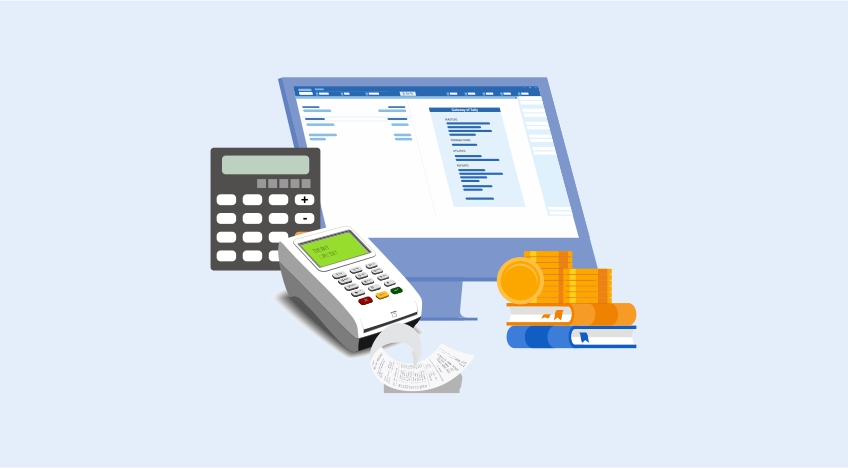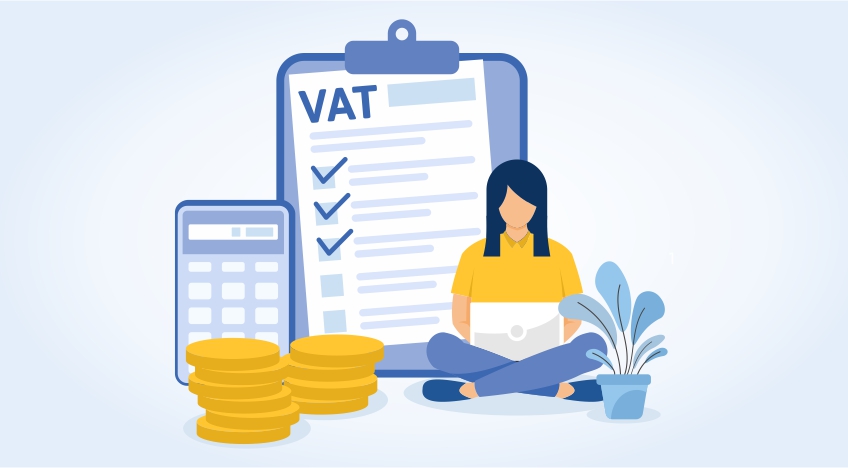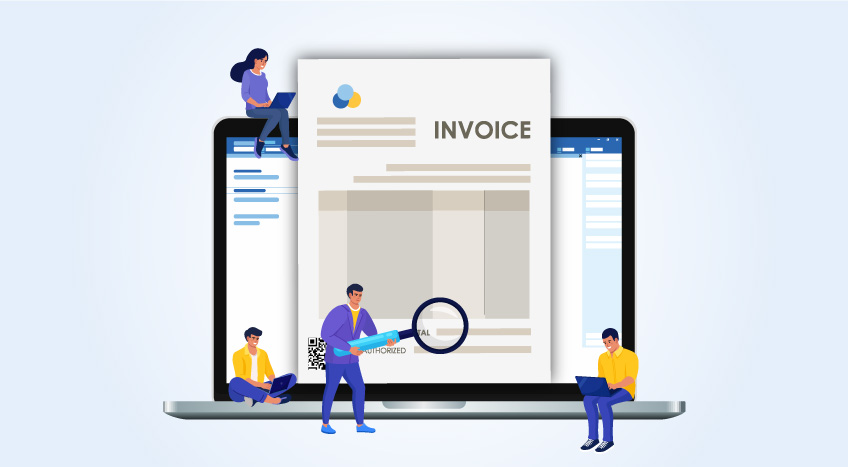Since the KRA ( Kenya Revenue Authority) upgraded from the previous Electronic Tax Register (ETR) regime to the new Tax Invoice Management System (TIMS), many businesses are yet to understand the difference.
All VAT-registered taxpayers are required to comply with the change, and that makes it important for you to know how the new system works.
This article will help you understand the difference and how the new TIMS system helps you stay compliant as a business owner.
| What are the Requirements of the New Electronic Tax Invoice System? |
Old ETR system
An electronic tax register (ETR) is an online cash register that keeps records of all biashara (business transactions) between a supplier and a buyer. It was first introduced by the Kenya Revenue Authority (KRA) in 2005.
In the old ETR system, businesses were required to manually provide the invoice amount and tax rate. Upon providing the details, ETR generates a fiscal receipt and at the end of business day, ETR will push the information to the KRA portal. Here, the business system such as accounting software or ERPs and ETR were independent systems, meaning it was not integrated.
About new TIMS
KRA upgraded from the initial ETR to the new TIMS system in August 2021. As a result, all registered VAT taxpayers were given 12 months ( period lasting till 31st July 2022) to upgrade to new ETR. As per KRA’s recent update, the deadline to comply with e-invoicing regulations is extended to 30th September 2022. This implies that effective from 1st October, all VAT-registered businesses need to issue invoices that comply with the e-invoicing regulations. The original date of implementation was 1st August 2022
Under the new e-invoicing system, business/accounting software used by businesses can be integrated with new electronic tax registers (ETRs), known as a control unit, which validates the accuracy of the invoice, electronically signs the invoice, and then transmits the details to tax portal. Once the invoice is successfully validated, a unique invoice number is generated for each invoice by the control unit. Along with the invoice number, each invoice is added with a QR code.
The new ETRs are designed to transmit the invoice details to KRA portal on a real-time basis.. As a result, the new TIMS makes tax filing more effective, from checking the accuracy of invoice data, allowing data validation, and transmitting electronic tax invoices to the KRA.
Differences between Old ETR and the new TIMS
The new TIMs or e-invoicing system being a more advanced and upgraded version of ETR, it has more features and functionalities, making compliance easy and also eliminating some loopholes that initially existed in the tax management process. The below table summarizes the difference between the old and the new system considering the ‘Type C’ ETR machine which is recommended for businesses using ERP or business software.
|
Old ETR |
New TIMS/e-Invoicing system |
|
The ETR register and the software such as ERP, accounting systems were not integrated |
The new ETRs are designed to integrate with other trader systems such ERP, accounting software and point of Sale (POS) systems |
|
You need to manually provide the invoice amount and tax rate in ETR |
Since the systems can be integrated, the software, transfer of invoice details and validation are automated |
|
Fiscal receipt used to be generated by the ETR on providing the invoice details |
No concept of fiscal receipt |
|
Manual transmission of invoice from ETR to KRA portal |
It automatically transferred on a near to real-time basis |
|
No concept of singing the invoice by ETR |
On successful validation, control will sign the invoice with a unique invoice number |
|
No concept of barcode on the invoice |
The new ETR will add the barcode on the invoices |
Staying tax compliant sasa ni rahisi (is now simple) with the new TIMS system, which generates, validates, and transmits electronic invoices faster. Since the tax management process is now fully automated, filing VAT returns would also be simplified for business owners.
e-invoicing is even easier with authentic business management software like TallyPrime, which helps you automatically generate all your e-invoices for every transaction.
Get a free demo today and learn how TallyPrime can help you stay tax compliant and avoid the penalties of late filing or tax evasion.
Read more:










